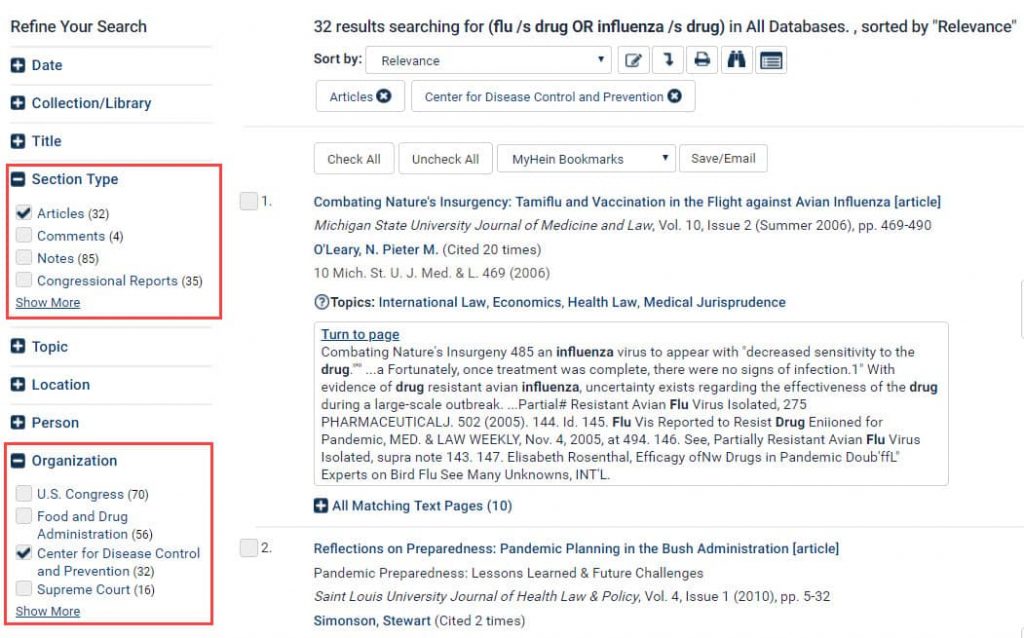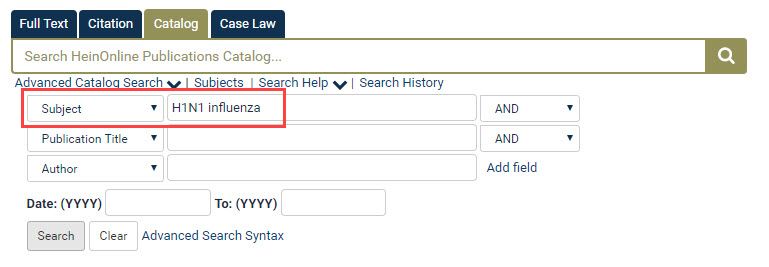In October 2018, the U.S. Food and Drug Administration approved a new flu drug, Xofluza (baloxavir marboxil). This single-dose, oral prescription drug is the first flu treatment approved by the FDA in nearly 20 years. With flu season still in effect, this new drug can bring relief to the rising number of flu cases in the United States.
All About Xofluza
The new flu drug, Xofluza, was discovered by Japan’s Shionogi & Co., Ltd. and was approved in February 2018 by the Japanese Ministry of Health, Labour and Welfare for treatment of influenza types A and B. It
was then approved by the FDA based on results from two studies including more than 1,800 people. Participants were given Xofluza, a placebo, or another antiviral flu treatment within 48 hours of experiencing flu symptoms. In both trials participants who were given Xofluza experienced relief from symptoms sooner than those given the placebo or the other antiviral drug.
This drug can only be prescribed in patients 12 years of age and older who have been symptomatic for no more than 48 hours. The more common side effects include bronchitis and diarrhea. With this new drug on the market, doctors are still advising that everyone, especially pregnant women, children and the elderly, get the flu shot.
Fast Flu Facts
The U.S. Centers for Disease Control and Prevention now provide a Weekly FluView Report. All data provided is preliminary and can change as new reports are received. Here are some fast facts about this flu season:
- From October 1st to present, there have been an estimated 9.8 million to 11.4 million flu illnesses
- A total of 22 flu-related pediatric deaths have been reported
- As of mid-January, flu vaccination coverage in children ages 6 months to 17 years was 45.6%, an increase of 6.8% from last time this year
- Flu vaccination coverage in adults is 44.9%, up 6.4% compared to last year at this time
- Influenza A (H1N1) is currently the most common strain of the flu in the U.S., which is protected by the vaccine
- The H3N2 strain, predominantly found in the southeast, is also covered by the vaccine
- Flu rates typically peak between December and February
Research Tips
Want to research this topic in HeinOnline? Be sure to check out our newly updated Advanced Search Syntax Guide. In the meantime, here are some quick and easy research tips!
Using HeinOnline’s new proximity connectors, run a search for flu w/s drug OR influenza w/s drug using the Full Text tab on the Welcome Page. This connector locates the desired words within 25 words of each other, as this is the average number of words in a sentence.

NOTE: Users do not have to add the w when constructing a search using w/s. Simply type /s, which creates the exact same search. See the example below.

From the results page, refine the search using the facets on the left-hand side of the page. Choose Articles from the Section Type facet and Center for Disease Control and Prevention from the Organization facet.

From these results, relevant articles include:
- Combating Nature’s Insurgency: Tamiflu and Vaccination in the Fight against Avian Influenza
- Pandemics, Populism and the Role of Law in the H1N1 Vaccine Campaign
- Order without Intellectual Property Law: Open Science in Influenza
- Selling the Pharm: The Risks, Benefits, and Regulation of Biopharmaceuticals
The Catalog tab is a great source to locate material on a specific topic. Most users utilize this tab to locate a specific title, but there is so much more you can do! Let’s plug the word influenza into the Catalog tab.

Results show all the titles in HeinOnline that contain the word influenza. Sort the results by Date Newest, and check out these congressional documents:
- U.S. Public Health Preparedness for Seasonal Influenza: Has the Response Improved?
- Examining the U.S. Public Health Response to Seasonal Influenza
- H1N1 Preparedness: An Overview of Vaccine Production and Distribution
Next, using the Advanced Catalog Search, plug in H1N1 influenza into the Subject drop down search box.

These results display all the titles in HeinOnline that are subject coded to H1N1 influenza. The subject coding is at the title level. To view a full list of all the subjects in HeinOnline, click the Subjects link underneath the Catalog tab.
For the last research tip, let’s take a look at the Keyword Search Builder. To locate this tool, enter the Law Journal Library and click the Advanced Search option. To use this tool, enter keywords into one or more of the boxes provided. Adjust the weight of each word using the boost factors. Let’s use the words influenza, drug, vaccine, treatment, and effect.
NOTE: Users can also select a title to search within or enter a date range to narrow down the search

Results include articles that match the criteria used with the Keyword Search Builder. From here, users can adjust the boost factors, remove a term, enter a term, or enter a date range to change the scope of results.
Need Help?
Our dedicated support team is available to answer any of your questions! Contact us at (800) 277-6995, email us, or chat with us! Don’t forget to check out our Knowledge Base, which includes hundreds of articles and videos to help you construct searches and navigate throughout HeinOnline.
Stay up-to-date with what’s new in HeinOnline and connect with us on Facebook, Twitter, Instagram, and YouTube!



